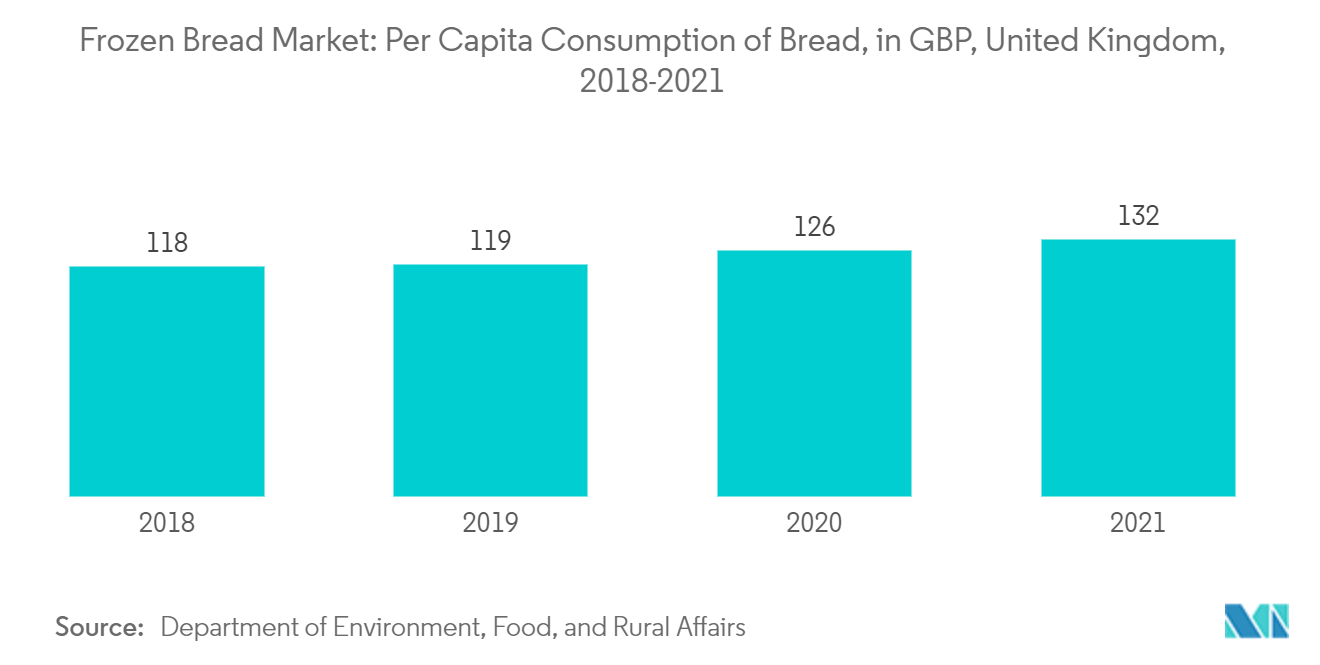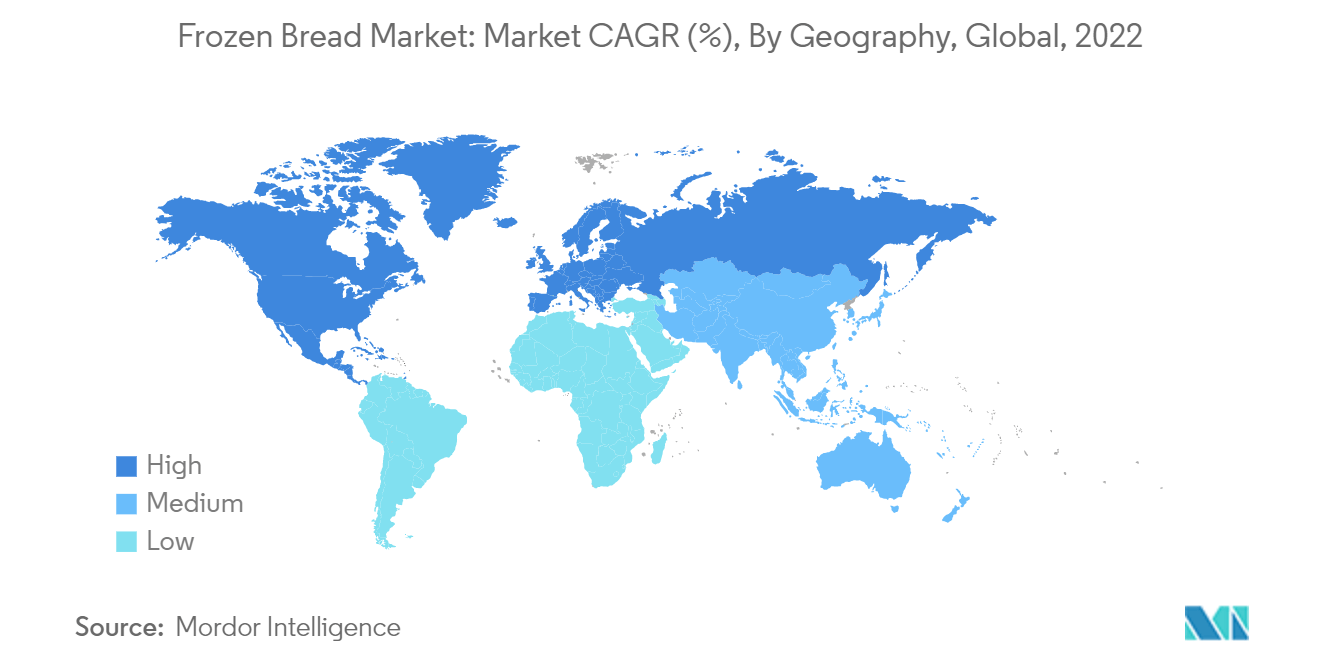Market Trends of Frozen Bread Industry
Rising Demand for Ready to Bake Bakery Products
- The demand for healthy and convenient food options has led to a shift in the bakery industry towards bake-off technologies (BOTs). Industrial bakers in Europe are focusing on producing frozen bakery products, such as unfermented frozen dough (UFD), partially-baked frozen bread (PBF), and partially-baked unfrozen bread (PBUF), as well as frozen semi-baked goods and ready-to-bake goods. These products require less time for baking and cooking, making them a convenient option for busy consumers.
- The frozen bakery market has experienced significant growth due to the hectic lifestyles of consumers. In the United States, for example, 72.0% of Americans purchased frozen food in April 2021 due to their busy schedules. Pre-proofed frozen dough is a convenient alternative to fresh-baked bread, and bakery products like bread, rolls, and bagels are typically served as ready-to-thaw products, while croissants and pastries are available in ready-to-bake form.
- According to Agriculture and Agri-Food Canada, in 2021, 4.1 thousand metric tons of frozen baked goods were projected to be sold in retail. Bake-off bakery production has become a key focus for European industrial bakers, as scratch baking is labor-intensive and time-consuming. With the rising demand for healthy and convenient food options, the market for frozen bakery products is expected to continue growing globally.

Europe Holds A Significant Market Share
- The European frozen bakery industry is at the forefront of the frozen bakery market, with the Western European market being matured and saturated. On the other hand, the emerging markets of Eastern Europe are driving bread sales due to the high demand for convenient food products. The European frozen bakery market has a well-established supply chain, product array, distribution channels, and consumer preferences.
- The indulgence category, which includes cakes, pastries, and cookies, is witnessing a rise in innovation and new product development. Co-operatives and industrial baking companies dominate the European frozen bakery market due to their ability to produce high-quality and consistent part-baked products.
- The increase in consumer preference for convenience food products has indirectly encouraged the demand for frozen bakery products as they require less time and effort. The rise in per capita income and the trend of snacking between meals are key factors driving the demand for frozen bakery products.
- The development of retail channels, such as supermarkets, hypermarkets, convenience stores, and specialty stores, has also contributed to the growth of the market. Furthermore, frozen bakery products do not involve scratch baking and thus require less labor, making them a preferred option for various bakers who now prefer to keep frozen baked and parbaked items in their in-store bakeries.
- Finally, the high growth of the frozen food industry, particularly in developing countries, due to the fast-growing urban households, is projected to drive the demand for frozen bakery products.


